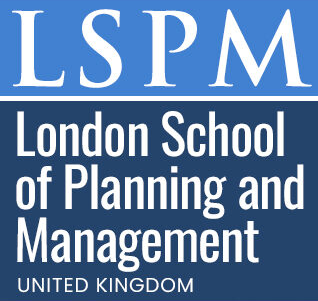Postgraduate Certificate in Cutting-Edge 3D Printed Landscape Modeling
Published on June 20, 2025
About this Podcast
HOST: Welcome to our podcast, today I'm excited to be talking with Dr. Jane Smith, an expert in 3D printed landscape modeling and the course coordinator for the Postgraduate Certificate in Cutting-Edge 3D Printed Landscape Modeling. Dr. Smith, can you tell us a bit about this innovative program? GUEST: Of course, the Postgraduate Certificate in Cutting-Edge 3D Printed Landscape Modeling is designed for landscape architects, urban planners, and designers who want to master advanced 3D modeling software, parametric design, and digital fabrication workflows. HOST: That sounds fascinating! How did you become involved in this field, and what excites you most about the potential of 3D printed landscape modeling? GUEST: I've always been passionate about sustainable design and innovation. 3D printed landscape modeling offers unparalleled opportunities for creating complex terrain models and stunning visualizations. I enjoy helping professionals enhance their skillsets and contribute to sustainable urban development. HOST: And what current trends or challenges are you seeing in the industry related to this course topic? GUEST: One current trend is the increasing demand for sustainable and resilient urban landscapes. This course addresses this need by incorporating additive manufacturing techniques, which can contribute to waste reduction and efficient resource use. A challenge is staying updated with the rapid advancements in 3D printing technology and ensuring our curriculum remains relevant. HOST: It's great to hear that the course is keeping up with industry trends. Can you share an example of a project or case study where 3D printed landscape modeling has been successfully applied? GUEST: Absolutely! In the Netherlands, a team of architects and engineers used large-scale 3D printing to create a sustainable and functional flood-resilient park. The park not only provides a beautiful space for recreation but also serves as a flood barrier during extreme weather events. HOST: That's an impressive application of the technology! Looking to the future, how do you see 3D printed landscape modeling evolving and what impact could it have on the industry? GUEST: As 3D printing technology advances, we expect to see increased precision, larger print sizes, and more sustainable materials. This could revolutionize the way we design and construct urban landscapes, making them more adaptive, resilient, and sustainable. HOST: Thank you, Dr. Smith, for sharing your insights and experiences with us today. If you're interested in learning more about cutting-edge 3D printed landscape modeling, explore the program details and apply today! This has been another engaging and informative episode of our podcast. Stay tuned for more exciting conversations with industry experts.
